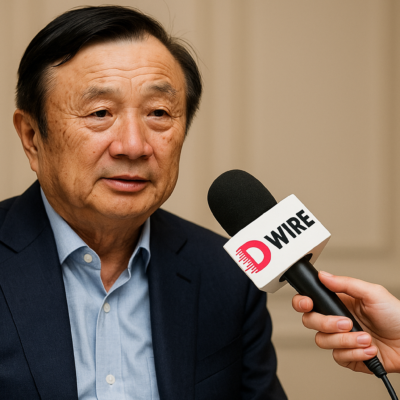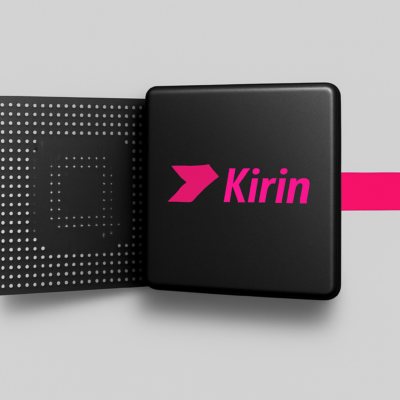Just when the West was trying to digest the reality of Huawei’s homegrown 7nm chips and the emergence of a full-blown domestic chip equipment industry via SiCarrier, the next bombshell drops. According to rumors from Taiwan, Huawei is already deep in development for 3-nanometer chips. Sources claim they’re targeting a tape-out in 2026, utilizing cutting-edge GAA (Gate-All-Around) architecture and revolutionary two-dimensional materials.
Simultaneously, reports suggest SMIC is already running production line compatibility tests for a carbon-based 3nm chip using carbon nanotubes. While ASML and the US were squabbling over who gets to sell (or rather, not sell) EUV machines, China is apparently “changing lanes,” as exploring technologies like carbon nanotubes that could render current silicon-based paradigms obsolete. The sheer audacity and speed are, frankly, terrifying – if you’re a Western tech giant You’d be absolutely pissed, watching your multi-billion dollar silicon empires fall because you thought you could just block your way to eternal supremacy
The entire ecosystem is being rebuilt from the ground up, free from Western chokeholds. Huawei-linked chip chemical suppliers are now openly aiming to replace the established giants like Japan’s Shin-Etsu and JSR, and America’s own DuPont. Every sanction, every restriction has only fueled this relentless drive for complete self-sufficiency.
The delusion in Washington and Brussels that they could somehow “manage” or “slow down” China’s tech ascent is now utterly laughable. Remember ASML’s CEO once believed EUV bans would set China back 10-15 years? How’s that working out? Huawei’s EDA (Electronic Design Automation) tools, developed in-house since Biden’s era began tightening the screws which can reportedly design chips down to the 3-2nm level, putting their domestic design capabilities on par with, if not ahead of, US and EU firms.
The US, in its wisdom (and likely spurred on by whoever is currently pulling the strings, be it Trump’s ghost or Biden’s strategists) trying to ensure no Chinese company gets access to critical Western EDA software. The unintended consequence? They’re actively creating a massive domestic market for Huawei’s now-superior EDA tools. Other Chinese tech firms desperate for design capabilities and locked out of Western options by US policy will have no choice but to turn to Huawei.
The West’s only remaining prayer is to desperately cling to the myth that Huawei and its offshoots like SiCarrier “lack years of know-how.” It’s a collective amnesia that conveniently forgets their own tech “leadership” was often built on decades of massive state funding (hello, DARPA!), aggressive intellectual property acquisition. They forgot that while they were busy optimizing for quarterly earnings and shareholder appeasement, selling minor iterative updates as “innovation,” China was playing the long game, flooding its system with highly skilled STEM graduates and fostering a national will to lead, not follow.
The “major moment is already here”; it’s happening now.





